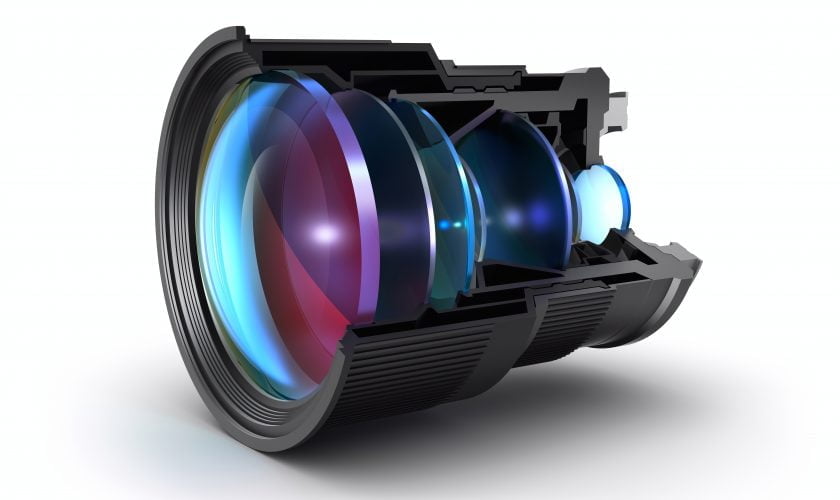Mô -đun camera USB là gì?
Mô -đun camera USB là mô-đun máy ảnh kỹ thuật số được kết nối với máy tính hoặc thiết bị khác thông qua giao diện USB. Nó tích hợp các thành phần chính theo yêu cầu của máy ảnh, bao gồm cả ống kính, Cảm biến hình ảnh, chip xử lý hình ảnh và bảng mạch cần thiết, vân vân., để đạt được khả năng chụp ảnh, chức năng chuyển đổi và xử lý. Sau đây là phân tích chi tiết về các tính năng và thành phần chính của mô-đun camera USB:

Tính năng chính
1. Cắm và chơi: Mô-đun camera USB tuân theo Lớp Video USB (UVC) tiêu chuẩn, làm cho thiết bị máy ảnh tương thích với nhiều hệ điều hành khác nhau để đạt được chức năng cắm và chạy. Người dùng không cần cài đặt trình điều khiển cụ thể để kết nối mô-đun camera với máy tính để sử dụng.
2. Tính di động: Mô-đun camera USB thường được thiết kế tương đối nhỏ và nhẹ, dễ dàng mang theo và cài đặt. Điều này khiến chúng trở nên lý tưởng để làm việc trên thiết bị di động, hội nghị từ xa, gọi video và các tình huống khác.
3. Tính linh hoạt: Ngoài chức năng chụp ảnh cơ bản, nhiều mô-đun camera USB còn được trang bị thêm các tính năng như micro, đứng có thể thu vào, nút chụp, vân vân. Micrô có thể đạt được truyền âm thanh trong các cuộc gọi video, chân đế kính thiên văn có thể điều chỉnh độ cao và góc của camera khi cần thiết, và nút chụp thường được sử dụng để chụp ảnh và quay video.

thành phần
1. Ống kính: chịu trách nhiệm thu thập ánh sáng và tập trung ánh sáng vào cảm biến hình ảnh. Chất lượng của ống kính ảnh hưởng trực tiếp đến độ sắc nét và chi tiết của hình ảnh.
2. Cảm biến hình ảnh: Nó là phần tử nhạy sáng có chức năng chuyển đổi tín hiệu ánh sáng thành tín hiệu điện theo cường độ ánh sáng. Hiện tại, Các cảm biến hình ảnh chính là CCD(Thiết bị kết hợp điện tích) và CMO(chất bán dẫn oxit kim loại bổ sung) Hai loại. Cảm biến hình ảnh CMOS được sử dụng rộng rãi vì chi phí thấp của chúng, mức tiêu thụ năng lượng thấp và mức độ tích hợp cao.
3. Chip xử lý hình ảnh: chuyển đổi tín hiệu điện đầu ra của cảm biến hình ảnh thành tín hiệu hình ảnh kỹ thuật số, và xử lý thêm hình ảnh thông qua bộ xử lý hình ảnh bên trong (ISP). Nội dung xử lý bao gồm khử nhiễu, sự nâng cao, nén, vân vân., để cải thiện chất lượng hình ảnh và thích ứng với các tình huống ứng dụng khác nhau.
4. Bảng mạch in linh hoạt (FPCB) hoặc bảng mạch khác: như một nhà cung cấp dịch vụ để kết nối các thành phần khác nhau, nó có nhiệm vụ kết nối chip điều khiển chính, cảm biến và các linh kiện điện tử khác để đạt được hoạt động bình thường của mô-đun máy ảnh.
5. Giao diện USB: được sử dụng để kết nối mô-đun máy ảnh với máy tính hoặc các thiết bị khác. Giao diện USB không chỉ cung cấp kênh truyền dữ liệu, mà còn đảm bảo khả năng tương thích và ổn định giữa mô-đun máy ảnh và máy tính hoặc các thiết bị khác.
Tóm lại, mô-đun máy ảnh USB là mô-đun thiết bị máy ảnh kỹ thuật số tích hợp các thành phần chính mà máy ảnh yêu cầu. Nó được kết nối với máy tính hoặc các thiết bị khác thông qua giao diện USB để chụp ảnh, chức năng chuyển đổi và xử lý. Do trình phát và phát của nó, tính di động và tính linh hoạt, mô-đun máy ảnh USB đã được sử dụng rộng rãi trong làm việc từ xa, hội nghị trực tuyến, gọi video, sáng tạo nội dung, an ninh nhà, giám sát, ngành giáo dục, ngành phát thanh truyền hình trực tiếp và các lĩnh vực khác.
Mô -đun camera USB là gì? Mô -đun camera USB là gì? Mô -đun camera USB là gì? Mô -đun camera USB là gì? Mô -đun camera USB là gì? Mô -đun camera USB là gì?
